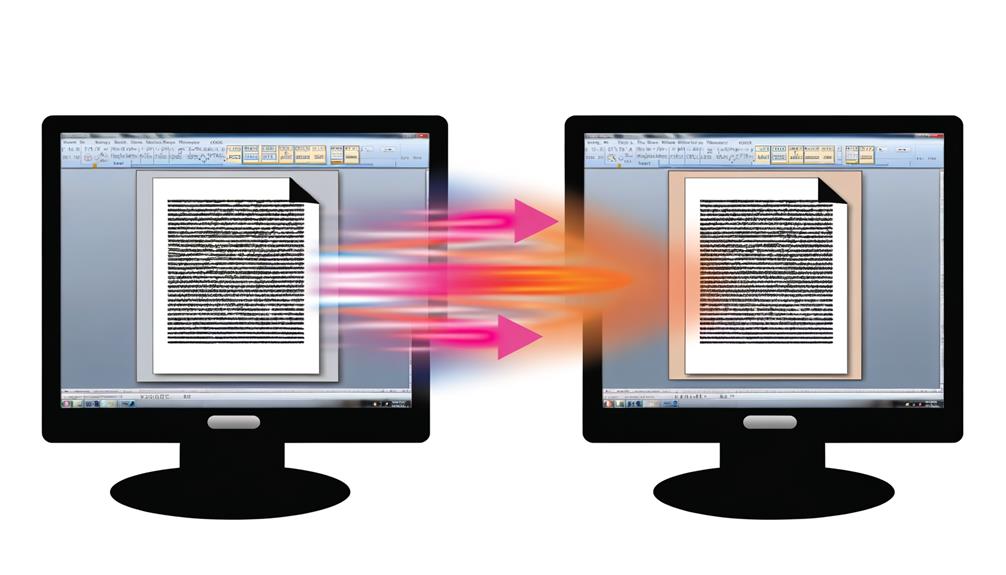Have you ever found yourself needing an extra copy of a Word document and wondered what the quickest and simplest method might be? Whether you’re looking to back up important documents, share files without altering the original, or just want to work on a version without affecting the master document, knowing how to effectively duplicate your Word documents can save you time and hassle. From the basic copy and paste method in Windows to utilizing Word’s own ‘Open as Copy’ feature, and even exploring automated backup solutions like MiniTool ShadowMaker, there are several ways to go about this task. Each method has its own set of advantages, tailored to different needs and situations. Stick around as we unpack these methods, and you might discover a few tricks to streamline your document management process even further.
Why Duplicate Documents?
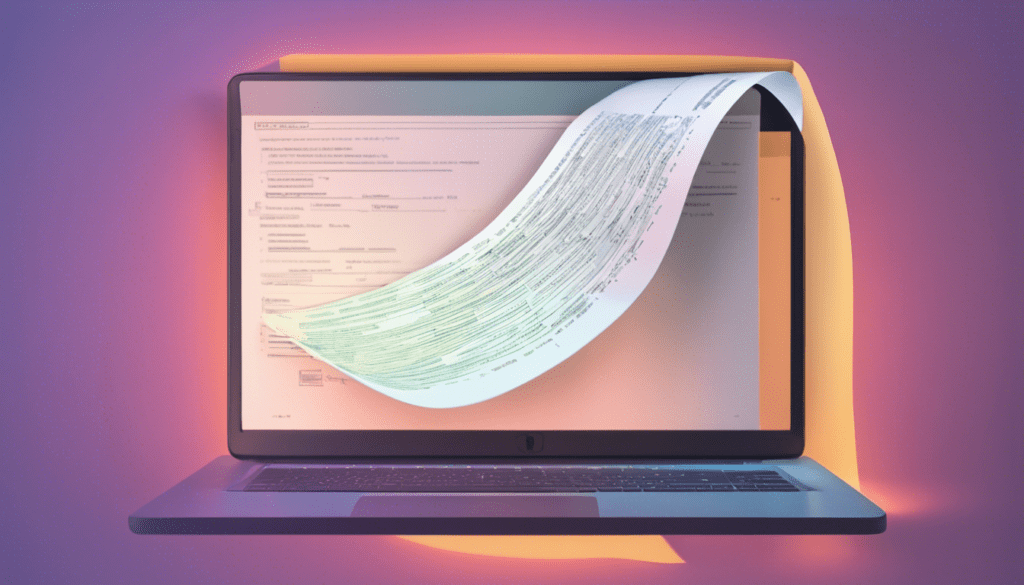
There are several compelling reasons why you’d want to duplicate a Word document. Firstly, creating a copy of a Word document acts as a safeguard, ensuring you have a backup in case the original file is lost or damaged. This preventive measure is crucial because it helps you avoid the stress and potential loss of important information. Secondly, when you need to make alterations without affecting the original document, having a duplicate copy allows you to experiment and make changes freely. This is particularly useful when you’re working on drafts or when you want to preserve the original content intact.
Additionally, you might want to create a new file that serves as a template for creating multiple similar documents. This approach saves you time and effort, as you won’t have to start from scratch each time. Also, by having a copy of your Word document, you prevent accidental alterations to the original file, ensuring its integrity is maintained. Whether it’s to prevent data loss, file corruption, or simply to streamline your document creation process, making a copy of Word documents is a wise practice.
Copy and Paste Method
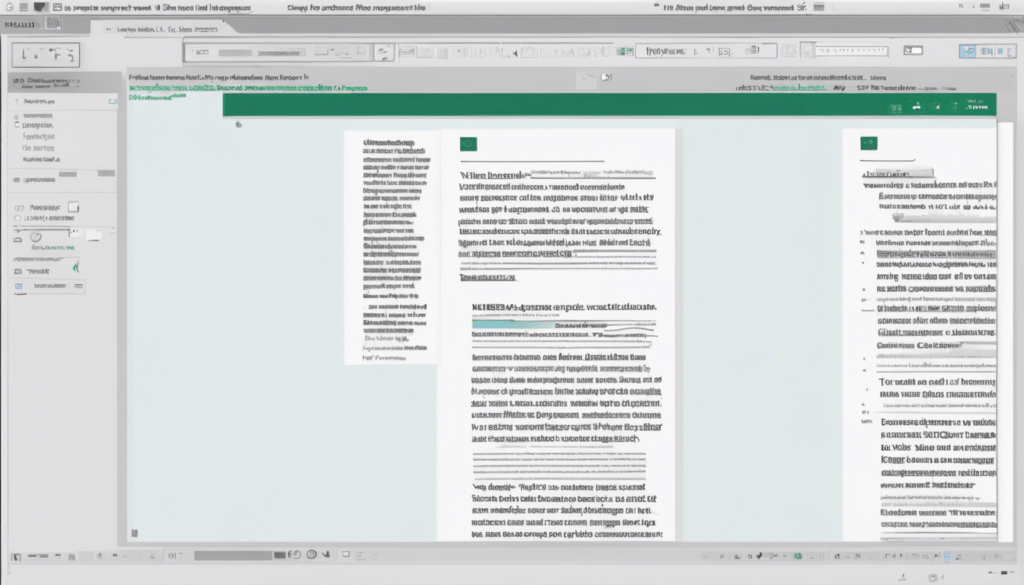
Having explored why duplicating documents is beneficial, let’s consider the straightforward ‘Copy and Paste Method’ as your first practical step. This method is indispensable when you need to make changes to a document without altering the original. Here’s how you can efficiently use the Copy and Paste function in Word:
First, right-click the Word file you wish to duplicate and select “Copy” to initiate the process. Then, navigate to the destination where you want your copied document to reside for easy access. Right-click within this folder and choose “Paste” to create a duplicate of the Word document. This procedure can be repeated for multiple Word documents to make necessary copies efficiently.
| Step | Action | Note |
| 1 | Right-click | Select “Copy” on the Word file |
| 2 | Navigate | Choose a destination folder |
| 3 | Right-click | Select “Paste” to duplicate |
| 4 | Troubleshoot | If Copy and Paste isn’t working |
Should you encounter any issues with the Copy and Paste function, troubleshooting is necessary to ensure the integrity of your document’s formatting remains intact. The ‘Copy and Paste Method’, while simple, is a critical function to master for duplicating Word documents effectively.
Using “Open as Copy” Feature
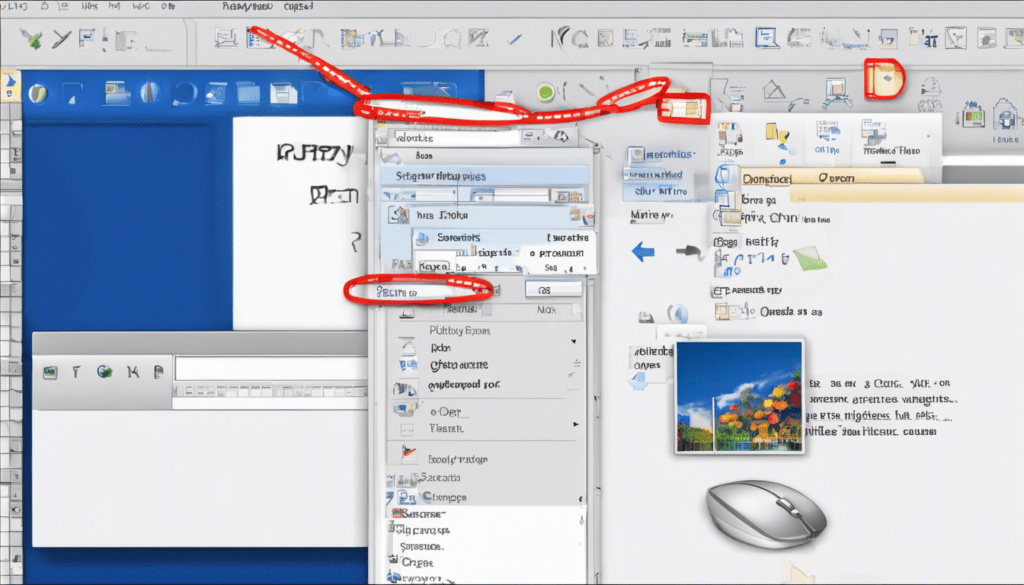
Another effective method for duplicating a Word document is utilizing the ‘Open as Copy’ feature, which ensures you don’t alter the original file while making necessary modifications. This tool is especially handy when you aim to maintain the integrity of the original while crafting a copy to generate similar documents. Here’s how to use it:
- Open File: Navigate to the ‘File’ tab in Word and select ‘Open’ to access the Existing Document window. Here, you’ll see all the options available for your documents.
- Locate and Select: Find the document you wish to make a copy of. Instead of opening it directly, look for the ‘Open as Copy’ option.
- Open as Copy: Once you’ve selected ‘Open as Copy’, Word will generate a duplicate of the document. This allows you to use the original file as a template, preserving its content and format untouched.
- Save the Copy: You now have the freedom to make any changes needed without affecting the original. Remember to save this new document with a distinct name to avoid confusion and ensure you keep the 62 files organized.
Creating From Existing Files
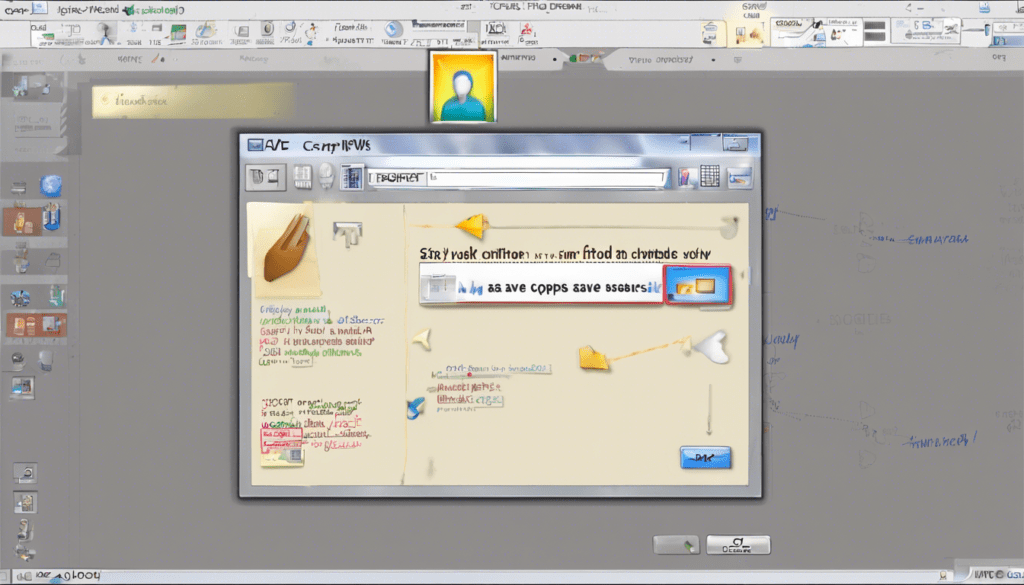
Building on the concept of preserving original documents, let’s explore how creating from existing files can further enhance your document management and creativity. You’ve already learned several reliable solutions for making copies of your Word documents. However, when you need to make changes on copies without affecting the original, this method proves invaluable. By using the original file as a template, you can create multiple similar documents efficiently. This approach maintains the integrity of the original while allowing you the freedom to experiment and adjust the copies as needed.
To start, open the original document you wish to use as a template. Then, head to the “File” menu, usually located in the top left corner of your Word interface. Instead of editing this file directly, save it as a new document. This simple step ensures that your original file remains untouched, serving as a reliable template for future use. It’s a straightforward way to prevent accidental changes or loss of data, offering a solid files backup strategy. Whenever there’s a need to change content, format, or structure, always make those adjustments on the copies. This practice not only protects the original document but also empowers you to explore creative variations with confidence.
Automated Backup Solutions

Why not streamline your document management with automated backup solutions that effortlessly safeguard your Word documents? These tools offer a set-and-forget mechanism that’s a game-changer for anyone looking to minimize the risk of data loss without constant manual intervention. Here’s how automated backup solutions can transform your approach:
- Scheduled Backups: You can configure these solutions to automatically back up your files at regular intervals. This means your mind mustn’t always remind you of saving every file as a template; the system takes care of it.
- Incremental and Versioned Backups: Not every file you open needs to start from scratch. Automated solutions can keep versions of your documents, so if you need to go back or reference an earlier version, it’s just a matter of navigating through the directory to find the “Document Black” you worked on last week.
- Effortless Recovery: Whether it’s a minor mistake or a major disaster, you can easily retrieve your files and click your way back to business as usual.
- Exclusive Features: Some backup solutions offer exclusive promotions or features, like sending alerts to move your mouse cursor or automatically organizing your backups, making it easier than ever to manage your documents.
